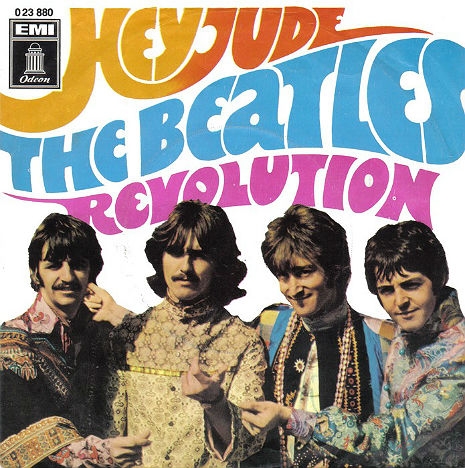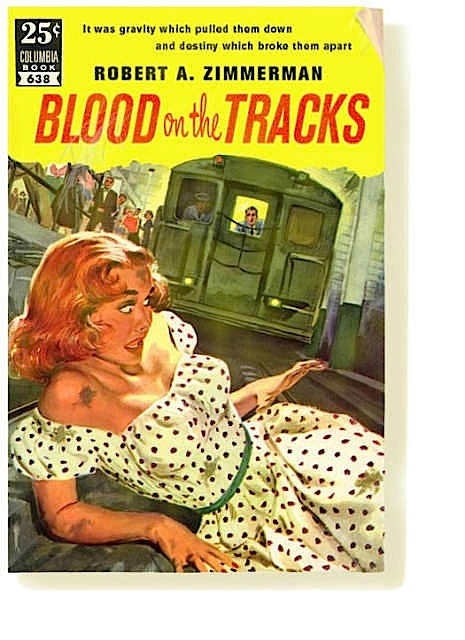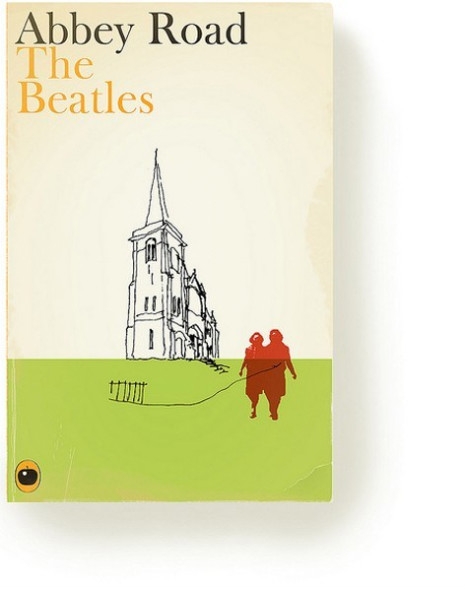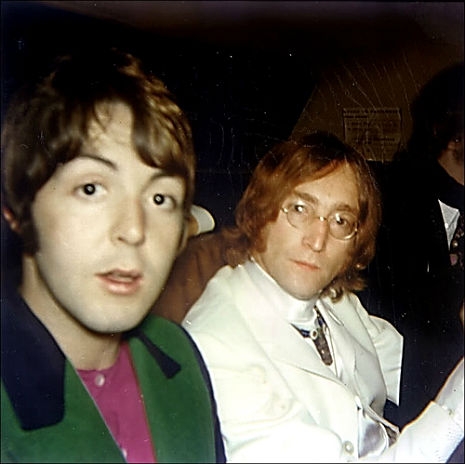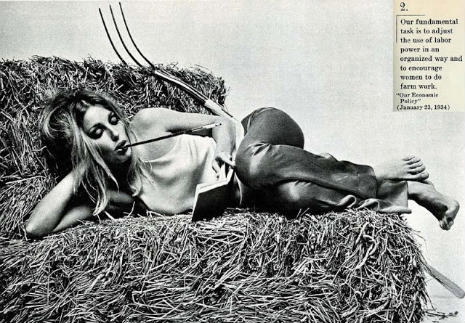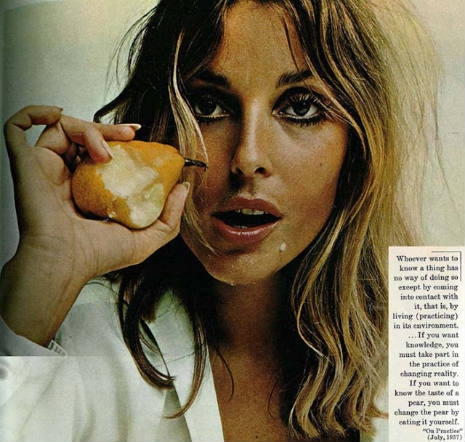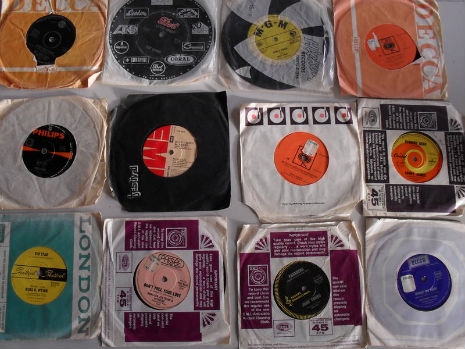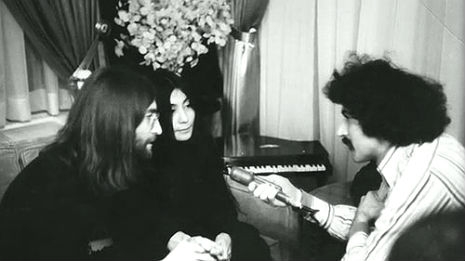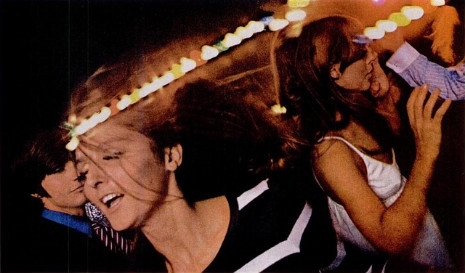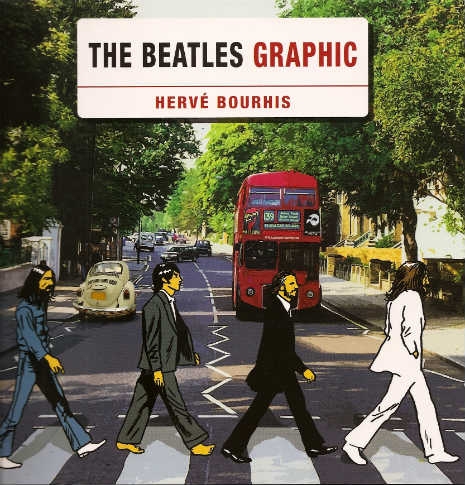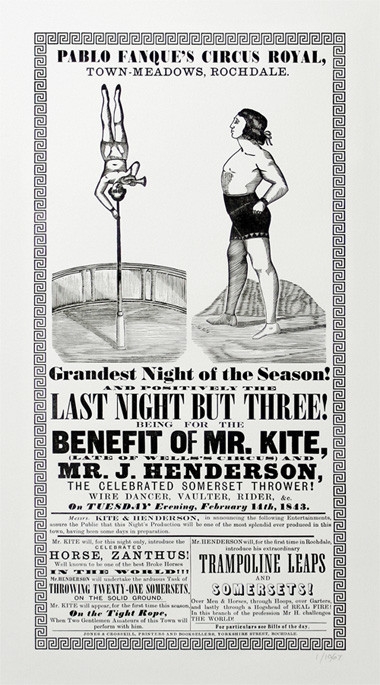
Pablo Fanque, today best known for being mentioned in The Beatles song “Being for the Benefit of Mr. Kite!” on the Sgt. Pepper’s album was the first black circus proprietor in Britain. For over three decades, his circus, in which he himself was a featured performer, was the most popular n Victorian-era Britain. Circus historian George Speight wrote that Fanque’s big stunt was leaping on horseback over a coach “placed lengthways with a pair of horses in the shafts, and through a military drum at the same time.”
From the Smithsonian website:
While true Beatlemaniacs will know that Mr. Kite and his companions were real performers in a real troupe, however, few will realize that they were associates of what was probably the most successful, and almost certainly the most beloved, “fair” to tour Britain in the mid-Victorian period. And almost none will know that Pablo Fanque–the man who owned the circus—was more than simply an exceptional showman and perhaps the finest horsemen of his day. He was also a black man making his way in an almost uniformly white society, and doing it so successfully that he played to mostly capacity houses for the best part of 30 years.
The song that lent Fanque his posthumous fame had its origins in a promotional film shot for “Strawberry Fields Forever”—another Lennon track—at Sevenoaks in Kent in January 1967. During a break in the filming, the Beatle wandered into a nearby antique shop, where his attention was caught by a gaudy Victorian playbill advertising a performance of Pablo Fanque’s Circus Royal in the northern factory town of Rochdale in February 1843. One by one, in the gorgeously prolix style of the time, the poster ran through the wonders that would be on display, among them “Mr. Henderson, the celebrated somerset thrower, wire dancer, vaulter, rider &c.” and Zanthus, “well known to be one of the best Broke Horses in the world!!!”—not to mention Mr. Kite himself, pictured balancing on his head atop a pole while playing the trumpet.
Something about the poster caught Lennon’s fancy; knowing his dry sense of humor, it was probably the bill’s breathless assertion that this show of shows would be “positively the last night but three!” of the circus’s engagement in the town. Anyway, he bought it, took it home and (the musicologist Ian MacDonald notes) hung it in his music room, where “playing his piano, [he] sang phrases from it until he had a song.” The upshot was a track unlike any other in the Beatles’ canon—though it’s fair to say that the finished article owes just as much to the group’s producer, George Martin, who responded heroically to Lennon’s demand for “a ‘fairground’ production wherein one could smell the sawdust.” (Adds MacDonald, wryly: “While not in the narrowest sense a musical specification, [this] was, by Lennon’s standards, a clear and reasonable request. He once asked Martin to make one of his songs sound like an orange.”) The Abbey Road production team used a harmonium and wobbly tapes of vintage Victorian calliopes to create the song’s famously kaleidoscopic wash of sound.
Guaranteed to raise a smile, the 1843 letterpress-printed circus poster from 1843 that John Lennon owned has been recreated using antique wooden and metal type and wood engravings.
Each print is hand-pulled on a Victorian press and individually numbered in a limited edition of 1,967 via the artist behind the project, Peter Dean, who writes:
As a lifelong Beatles fan I found myself simply wanting to hang a copy of this poster on my wall. As a designer, however, I couldn’t accept the many poor imitations I found – all of which use jarringly incorrect fonts (like Futura and Helvetica) and low-quality copies-of-copies of the illustrations.
So I set about doing it properly. What I thought might be a few weeks of work became several months, where sometimes the prospect of one day owning this poster seemed far away. But we got there in the end and I’m truly delighted with the end result.
I can see why he’s so happy, this looks amazing.
It’s worth pointing out that “Being for the Benefit of Mr. Kite!” was one of three songs on the Sgt. Pepper’s album to be banned by BBC radio. The lyrics referring to “Henry the horse” were thought to be slang for heroin. Clearly this was not the case. Imagine writing and creating such an amazing piece of childlike music only to find some small minds ready to ban it.
Filmmakers Nick Esdaile and Joe Fellows made a great short film about how it all came together. You can win a copy of the limited edition “Mr. Kite” print yourself by signing up for the Kite newsletter.
Via Kottke
Posted by Richard Metzger
|
10.11.2012
05:34 pm
|
